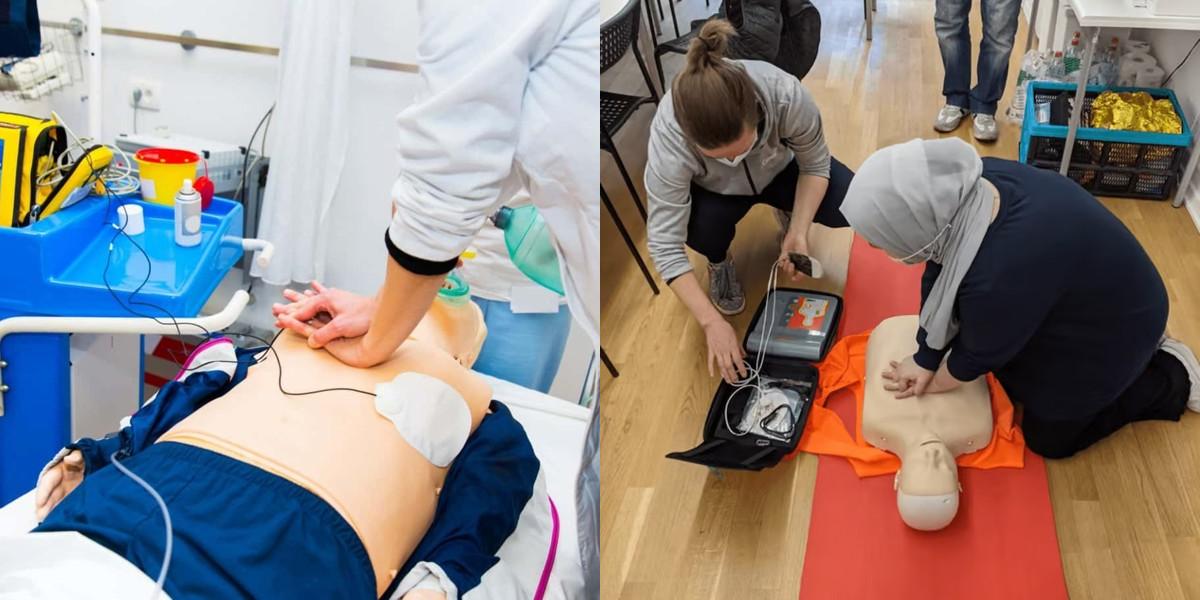ACLS vs CPR-BLS

Key Points:
- ACLS providers manage cardiac emergencies; CPR-BLS providers perform basic life support and CPR for emergencies.
- ACLS training is in-depth and requires in-person instruction; CPR-BLS training is more flexible, available online or in-person.
- ACLS certification is more time-intensive and costly compared to CPR-BLS certification.
Learn the essential differences between ACLS and CPR-BLS certifications in emergency medical training. Discover which path best aligns with your career goals and skills.
CPR-BLS Roles
- CPR-BLS-certified individuals work in various settings, such as schools, fitness centers, and community organizations, providing basic life support in emergencies.
- Duties include performing CPR, using an AED, and educating others on emergency preparedness and response.
Education and Training Requirements
ACLS Training
- Requires prior medical training and includes intensive coursework and practical simulations.
- Participants must pass written exams and skills tests to demonstrate proficiency in ACLS techniques.
CPR-BLS Training
- Open to anyone, with basic skills taught over one or a few sessions.
- Participants practice skills like CPR and AED use, with a final written or skills assessment for certification.
Career Outlook and Salary
ACLS Career Outlook
- ACLS-certified professionals enjoy favorable job prospects and typically higher salaries, with a median annual wage for registered nurses at $53,180 (BLS, 2023).
- Opportunities are plentiful in critical care environments due to the rising demand for skilled emergency responders.
CPR-BLS Career Outlook
- Individuals with CPR-BLS certification can find roles in various non-hospital settings, though wages vary by role and location.
- Lifeguards, often CPR-BLS certified, earn a median wage of $44,780 (BLS, 2023).
Final Thoughts
Both ACLS and CPR-BLS certifications are invaluable for emergency care roles, with ACLS focusing on advanced cardiac interventions for healthcare professionals and CPR-BLS on basic life support for a broader audience. Your career goals, interest level, and background can help determine which certification is best suited to your ambitions.
Discover Dreambound’s Educational Programs Near You:
Consider Dreambound as your resource to navigate career paths and certifications in emergency healthcare.

Marce Arnejo is part of the Sales team at Dreambound. Her role involves seeking out schools and institutions to provide valuable opportunities for students seeking a career in the healthcare sector. Beyond her professional life, Marce is passionate about music and gaming. She finds joy in exploring various genres of music and using gaming to unwind and immerse herself in virtual worlds. Her diverse interests enrich her personal life and contribute to her work by bringing new ideas and creativity.




